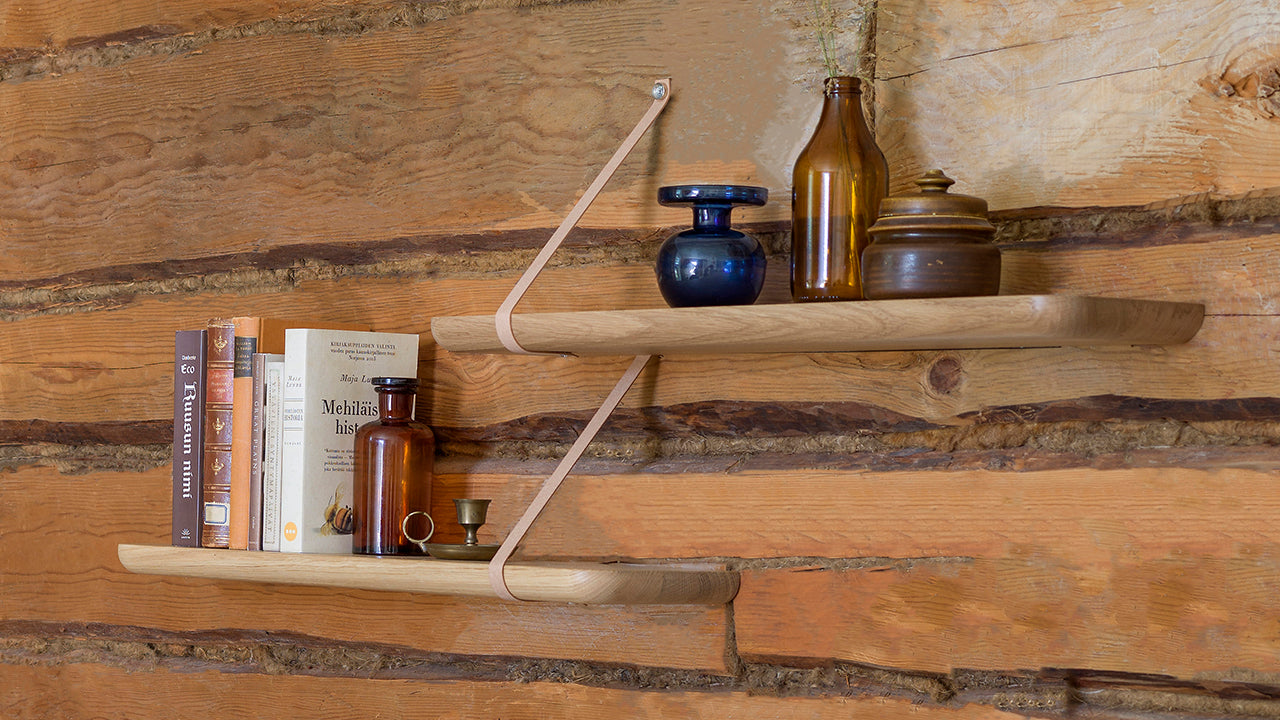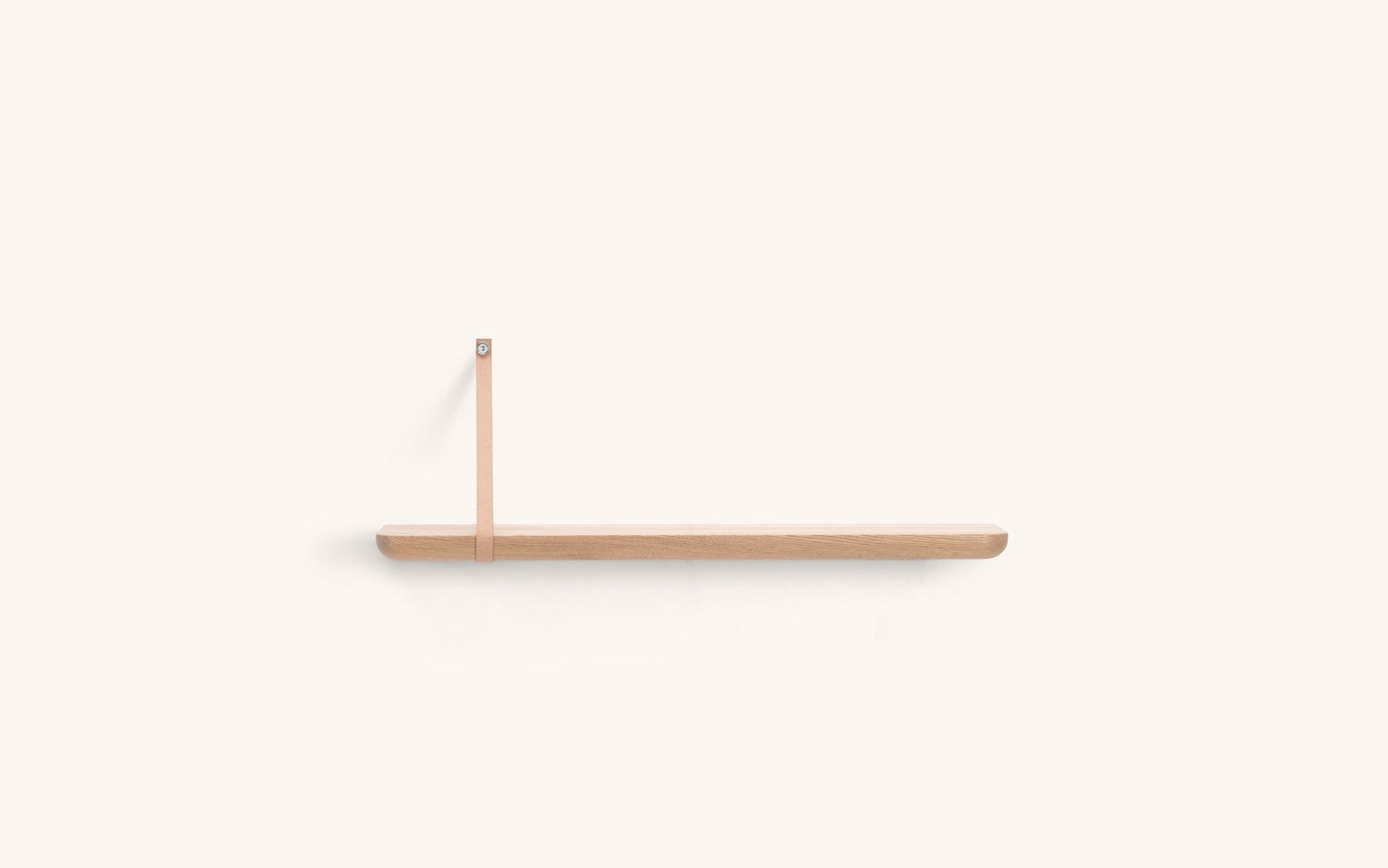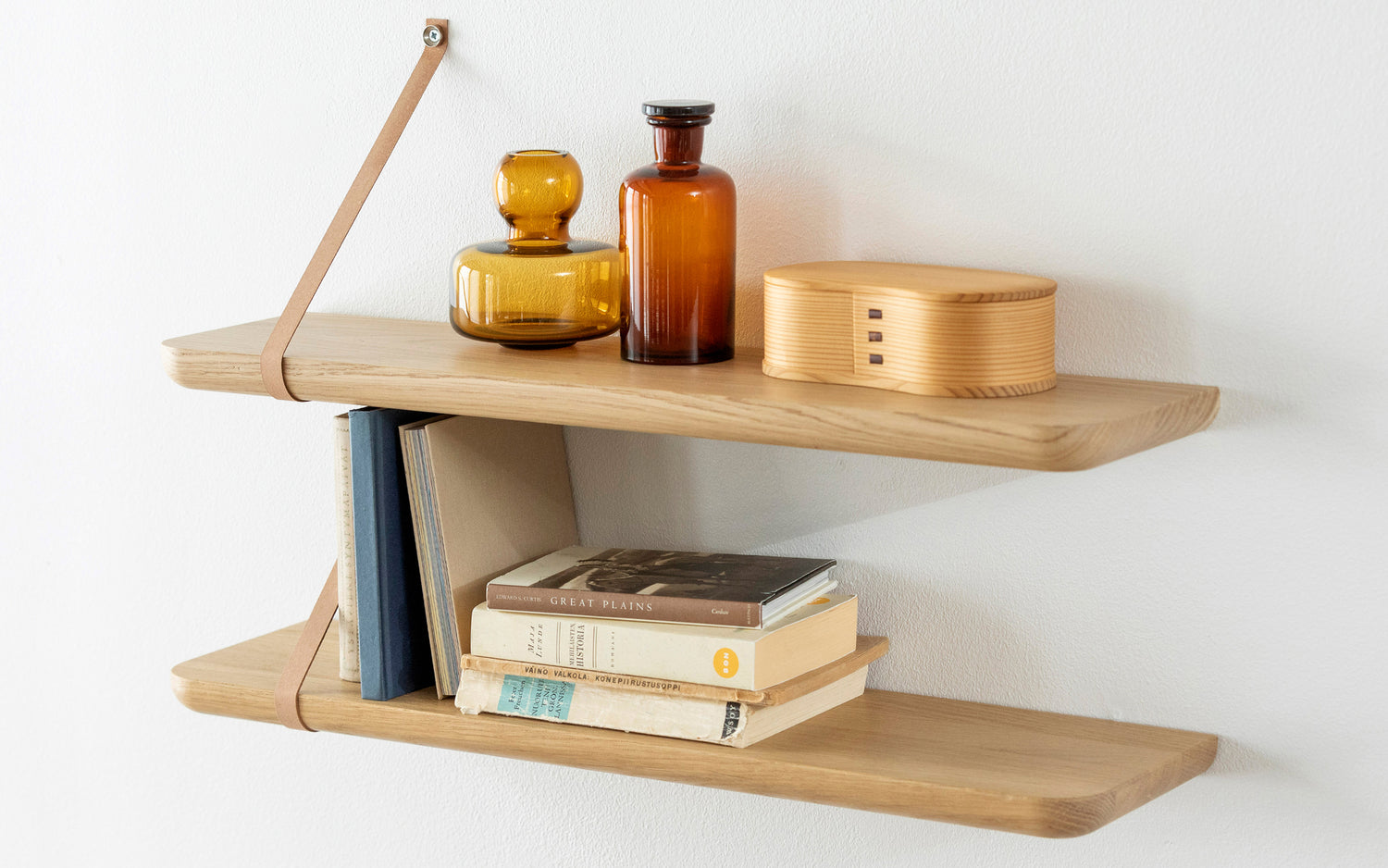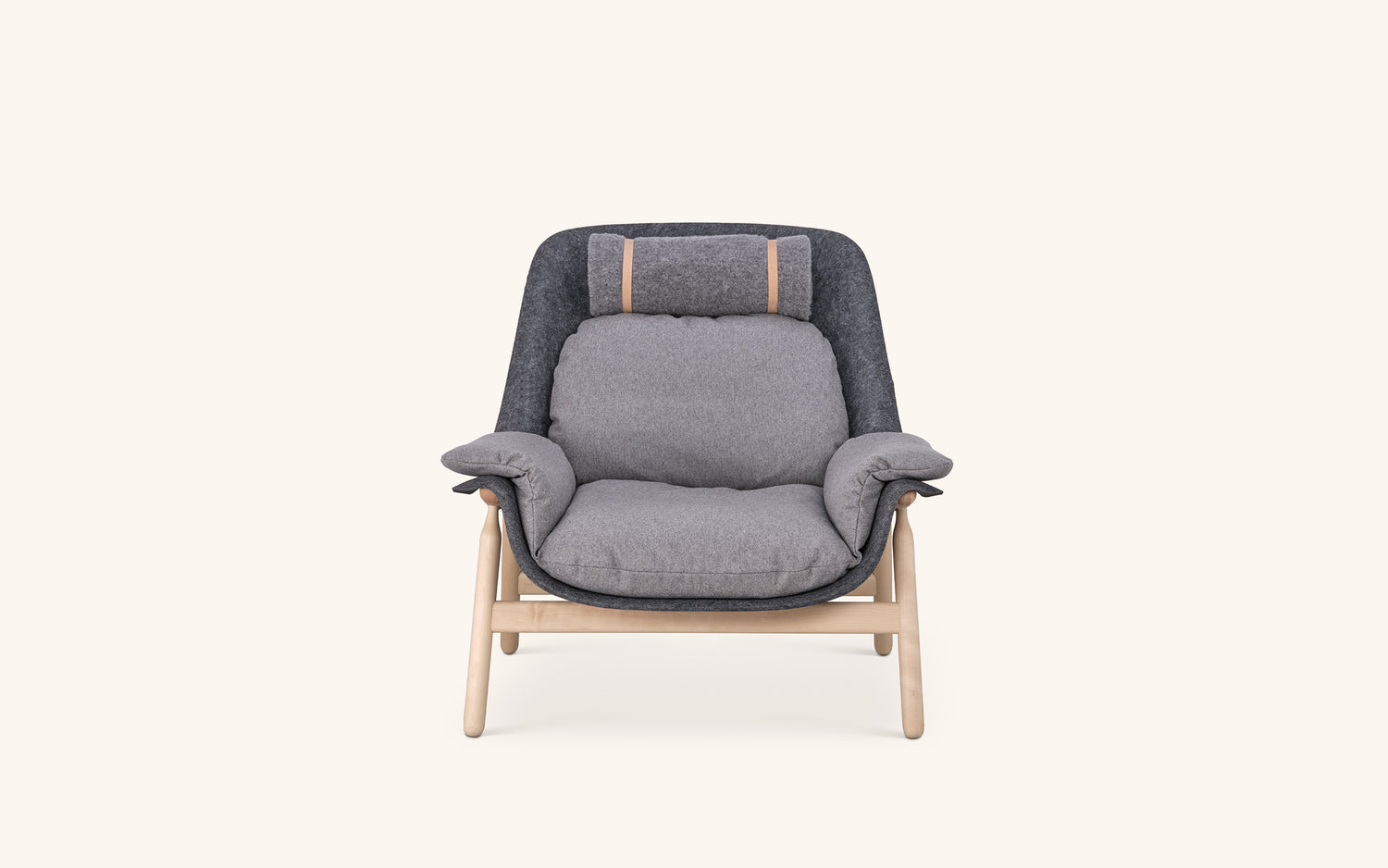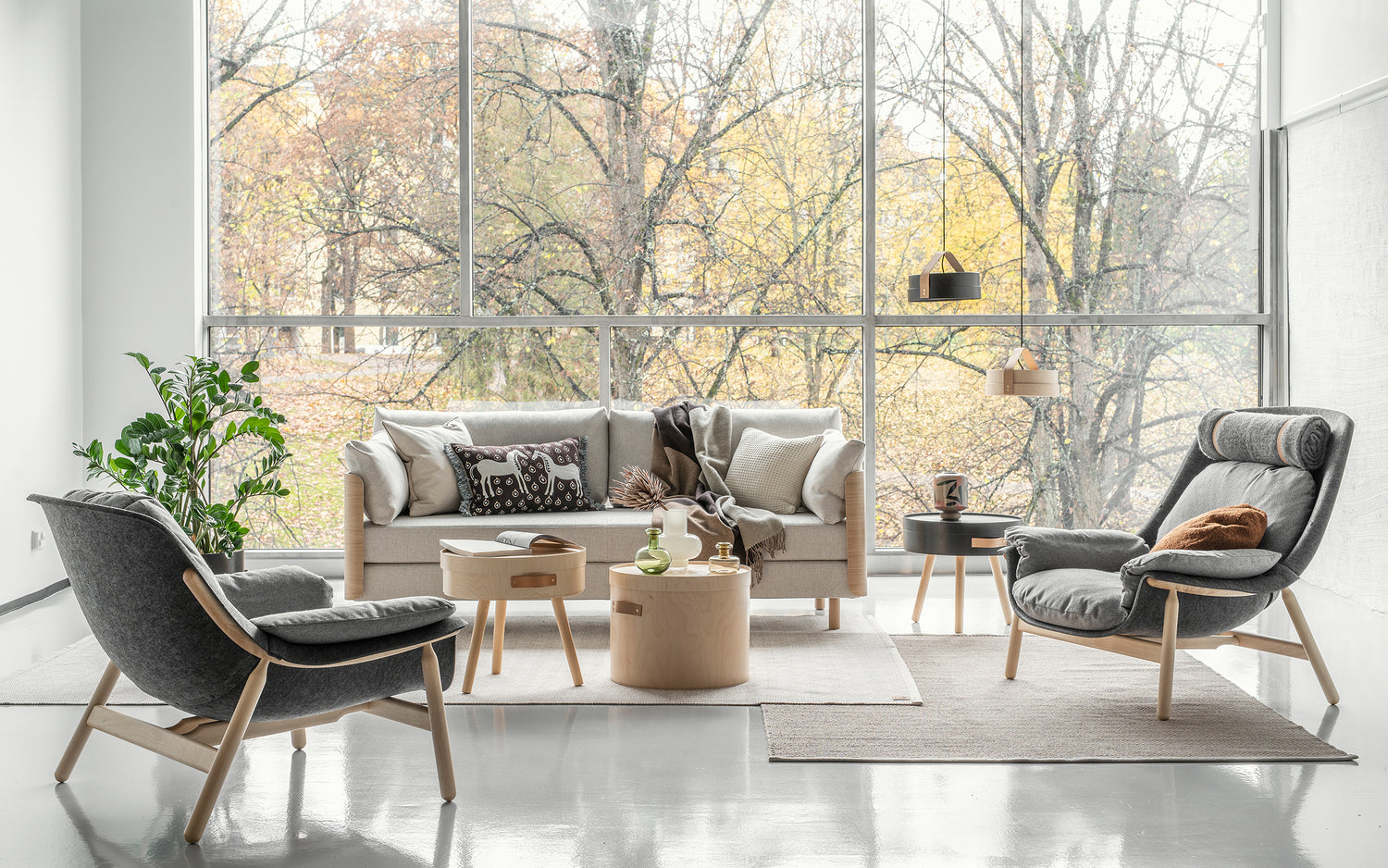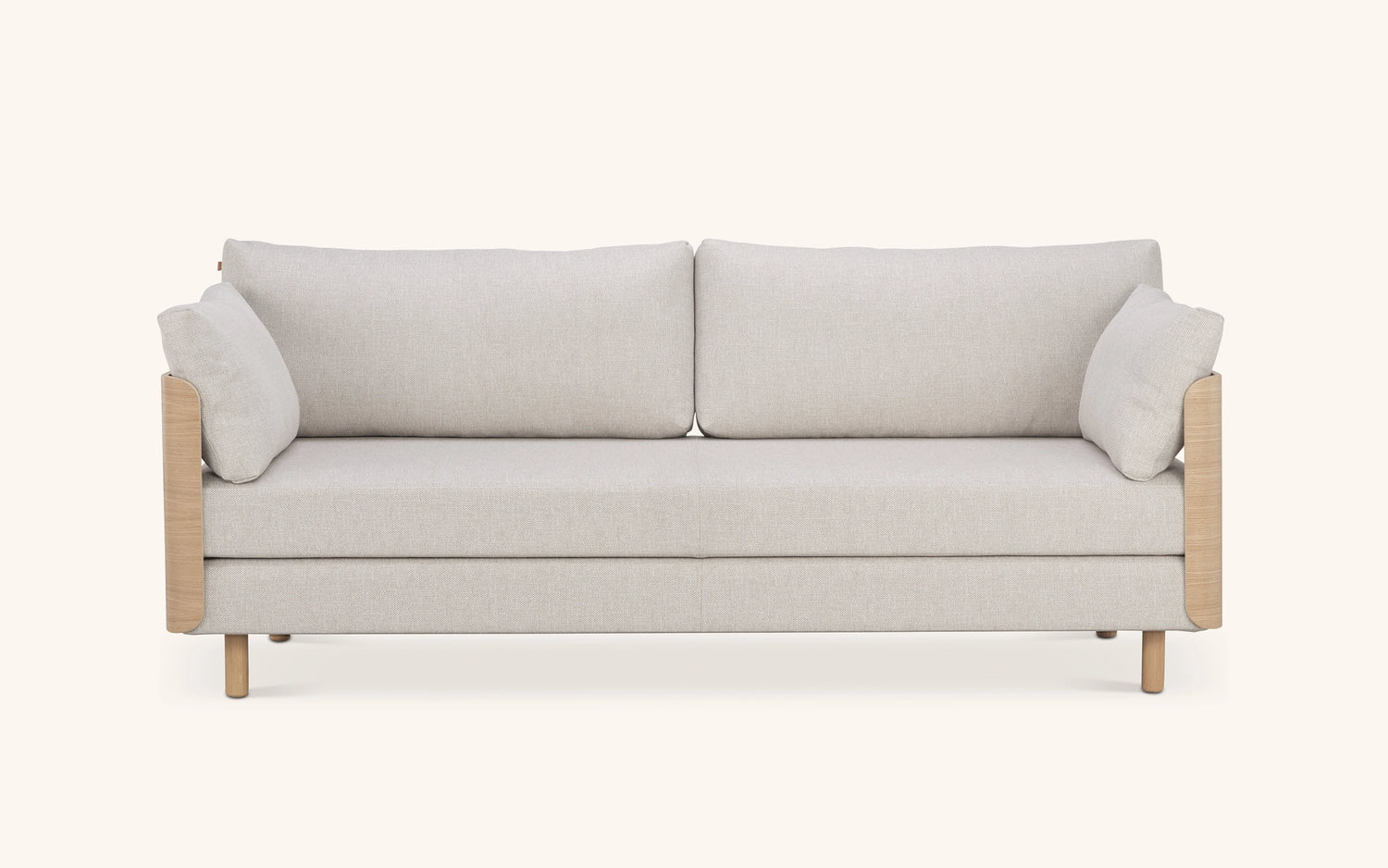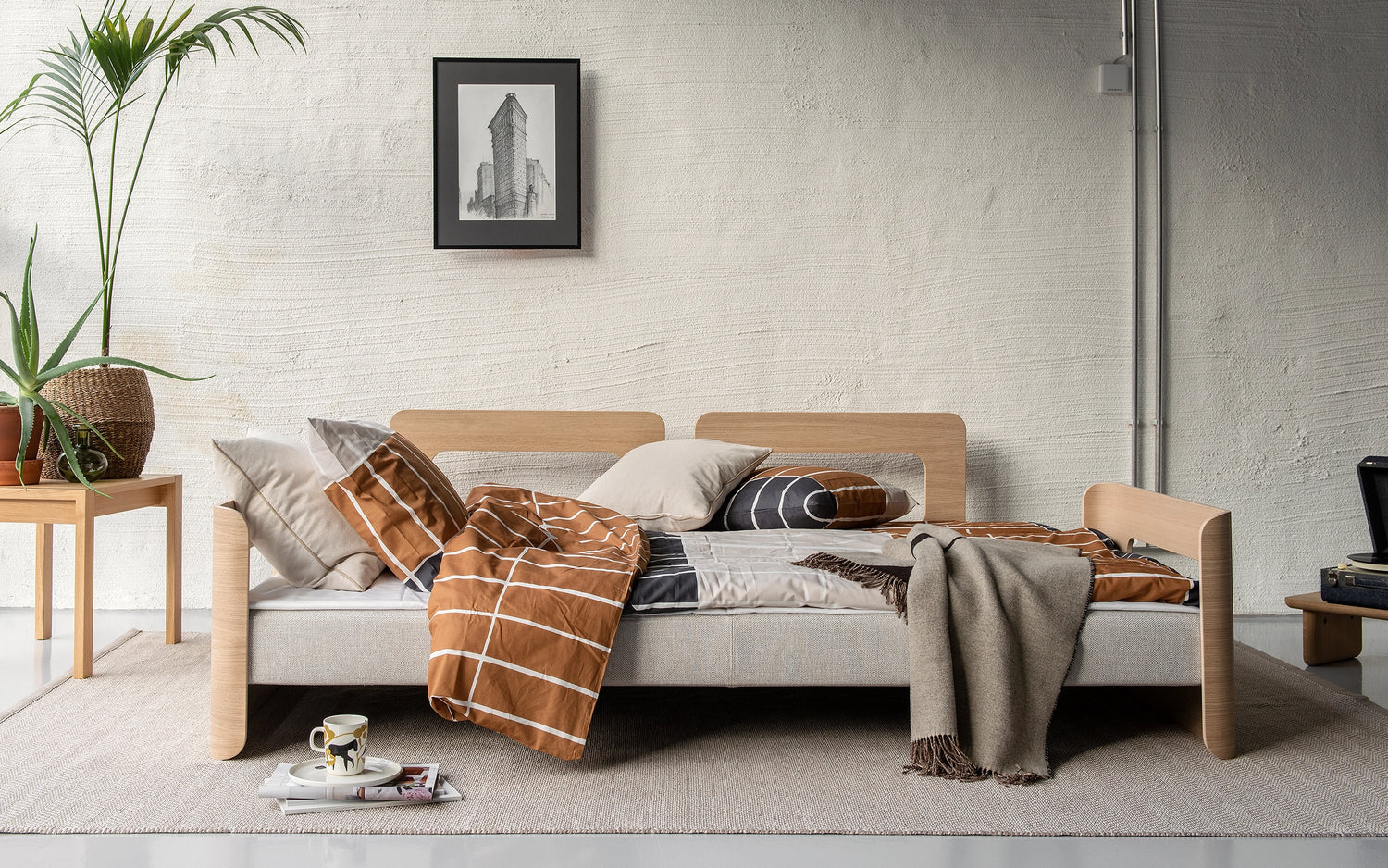Sustainability is always the starting point for design. For each product, we assess all aspects and how they meet our goals. Calculating a product's carbon footprint helps us examine the climate impact of the entire product value chain and lifecycle. This allows us to quickly implement new design solutions and changes if we feel that any aspect of the product needs to be improved in terms of its climate impact.
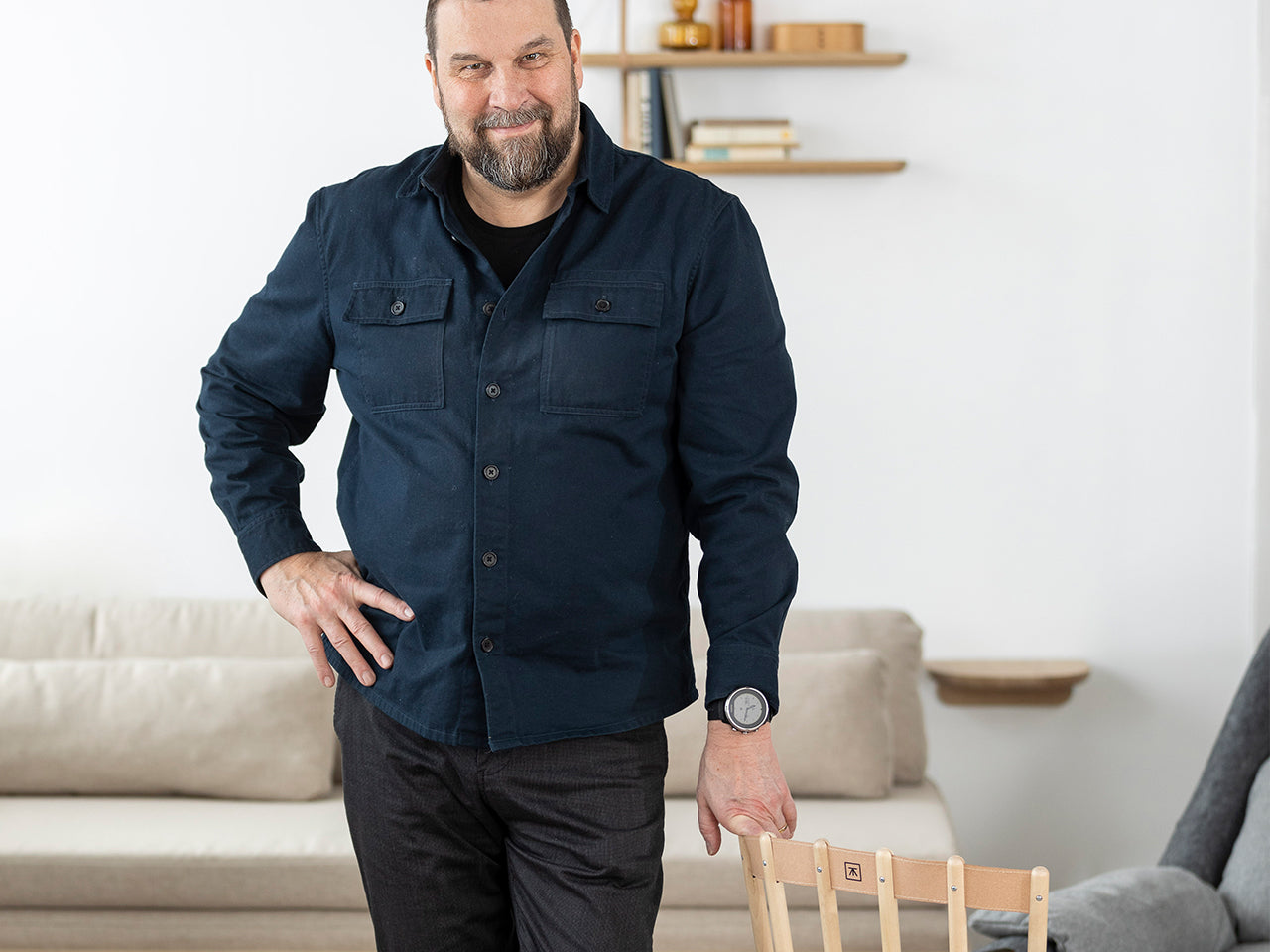
The design can also be based on a part of the product manufacturing process where we identify side streams. A typical example would be the waste that occurs during the manufacture of a larger product. We get an impulse from this manufacturing process and can quickly design new products using these surplus parts. We can also take the waste into account at the start of the product design phase and use it elsewhere. In both cases, the carbon footprint of the new product is close to zero because it has already been factored into the parent product.
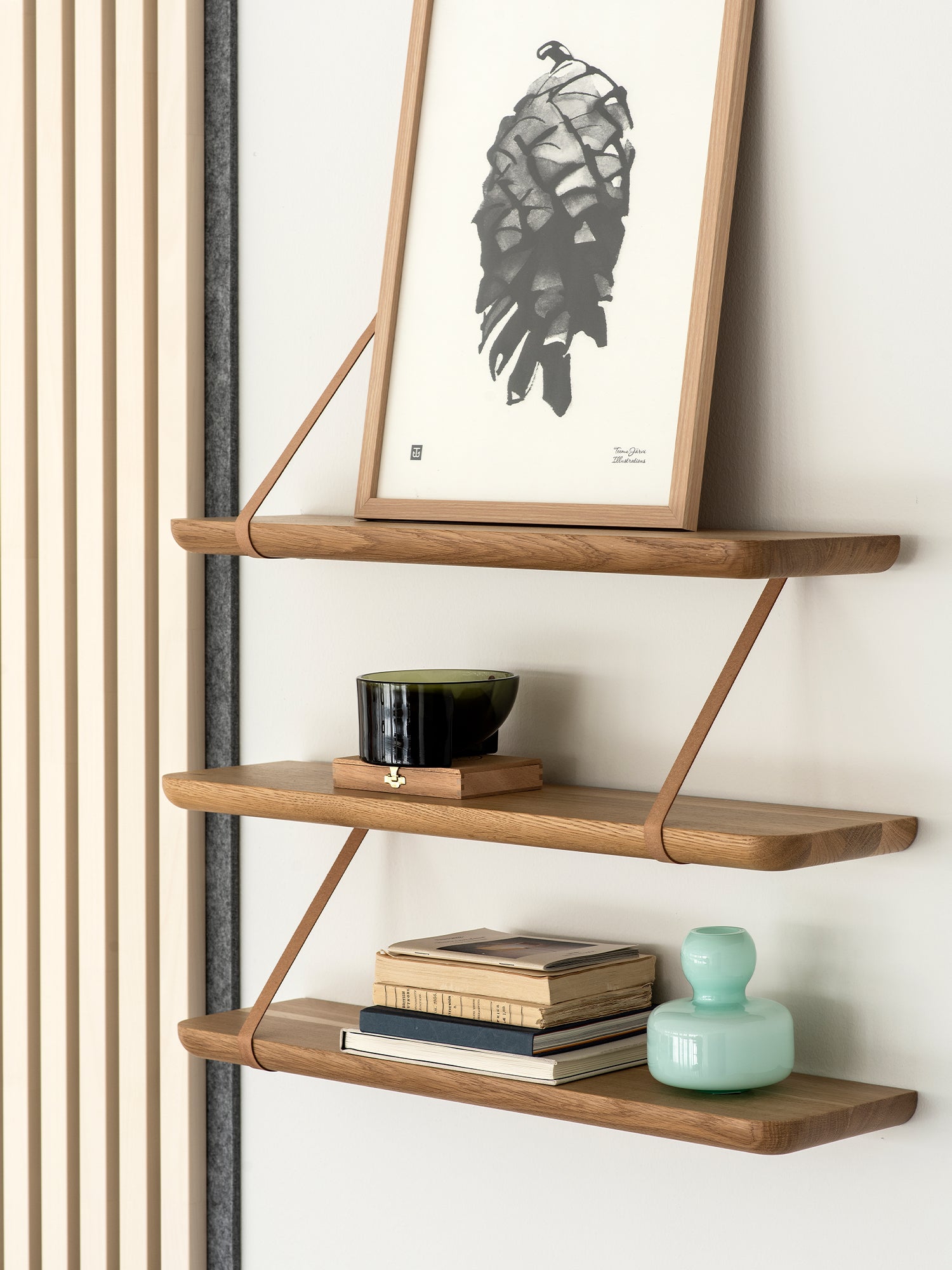
Design plays an important role in the longevity of a product, which is an important part of sustainability. The designer's role is to ensure that products stand the test of time, both visually and structurally, with a timeless design language and choice of materials. The designer is also responsible for ensuring that the structure and details allow for easy replacement, repair and maintenance of parts. These are all things that are inherent in our design philosophy, so responsibility is naturally part of the equation.

